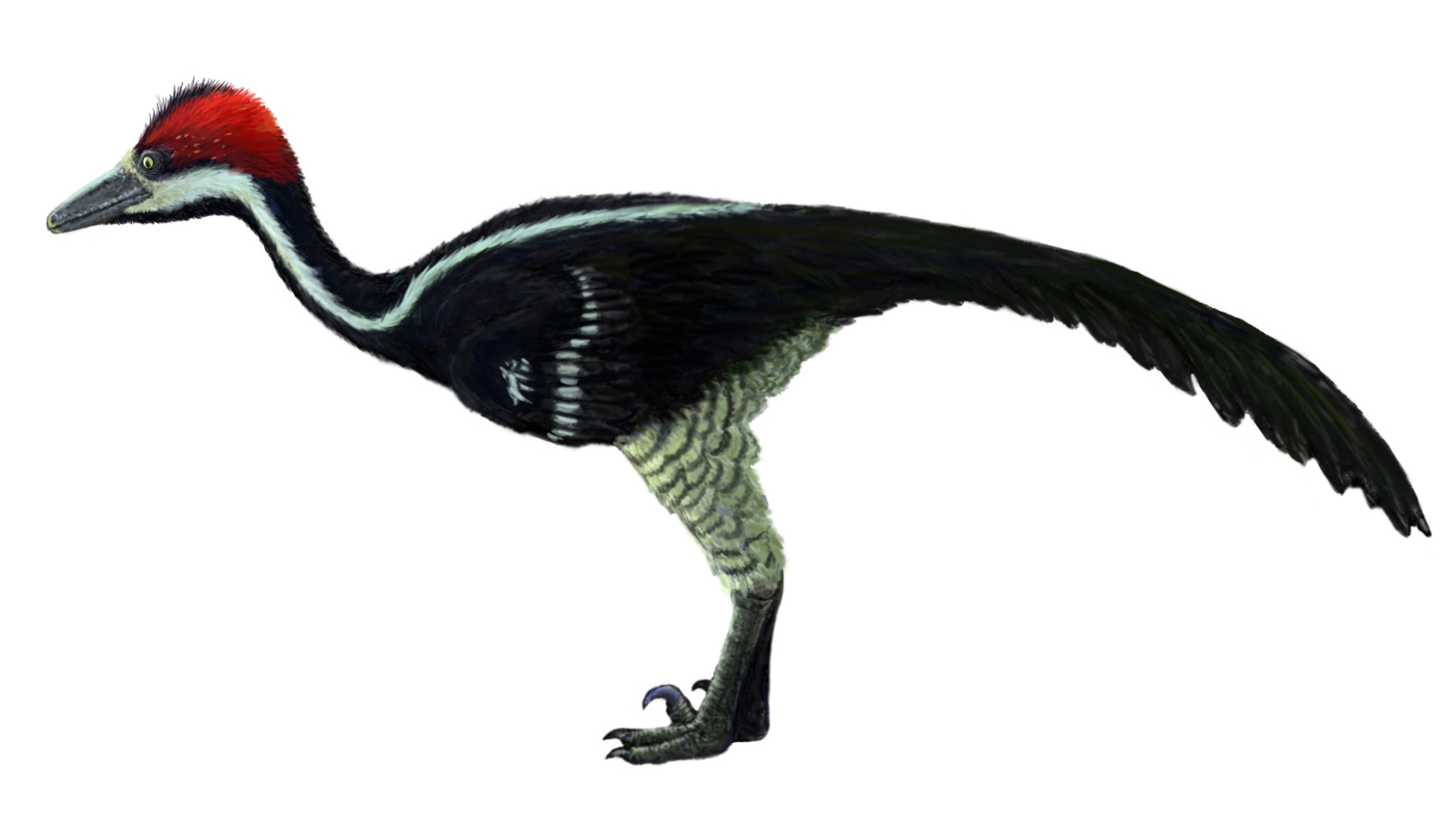Science News
Incredibly (Successful) Shrinking Dinosaurs
May 6, 2014
by Molly Michelson

Change. While it may be difficult in the workplace, in life it’s essential. Or at least that’s what evolution teaches us. And a paper published today in the open-access journal PLOS Biology demonstrates this clearly with dinosaur design. The dinosaur lineage that continues on today changed in one evidently successful way: size.
“Dinosaurs aren’t extinct; there are about 10,000 species alive today in the form of birds. We wanted to understand the evolutionary links between this exceptional living group, and their Mesozoic relatives, including well-known extinct species like T. rex, Triceratops and Stegosaurus,” says Roger Benson of Oxford University, who led the study. “We found exceptional body mass variation in the dinosaur line leading to birds, especially in the feathered dinosaurs called maniraptorans. These include Velociraptor, birds, and a huge range of other forms, weighing anything from 15 grams to 3 tonnes, and eating meat, plants, and more omnivorous diets.”
The team examined rates of body size evolution on the entire family tree of dinosaurs, sampled throughout their first 160 million years on Earth. If close relatives were fairly similar in size, then evolution was probably quite slow; conversely, if they were very different in size, it implies that evolution was fast.
The results show that the maniraptoran lineage kept experimenting with different, often radically smaller, body sizes—enabling new body ‘designs’ and adaptations to arise more rapidly than among larger dinosaurs. Other dinosaur groups failed to do this, got locked in to narrow ecological niches, and ultimately went extinct.
In an accompanying article, Daniel Moen and Hélène Morlon of the Ecole Normale Supérieure in Paris, who are not connected with the study, write, “What explains why some groups of organisms, like birds, are so species rich? And what explains their extraordinary ecological diversity, ranging from large, flightless birds, to small migratory species that fly thousands of kilometers every year? [Benson and colleagues] find that body-size evolution did not slow down in the lineage leading to birds, hinting at why birds survived to the present day and diversified. This paper represents one of the most convincing attempts at understanding deep time adaptive radiations.”
Image: FunkMonk (Michael B. H.)/Wikipedia